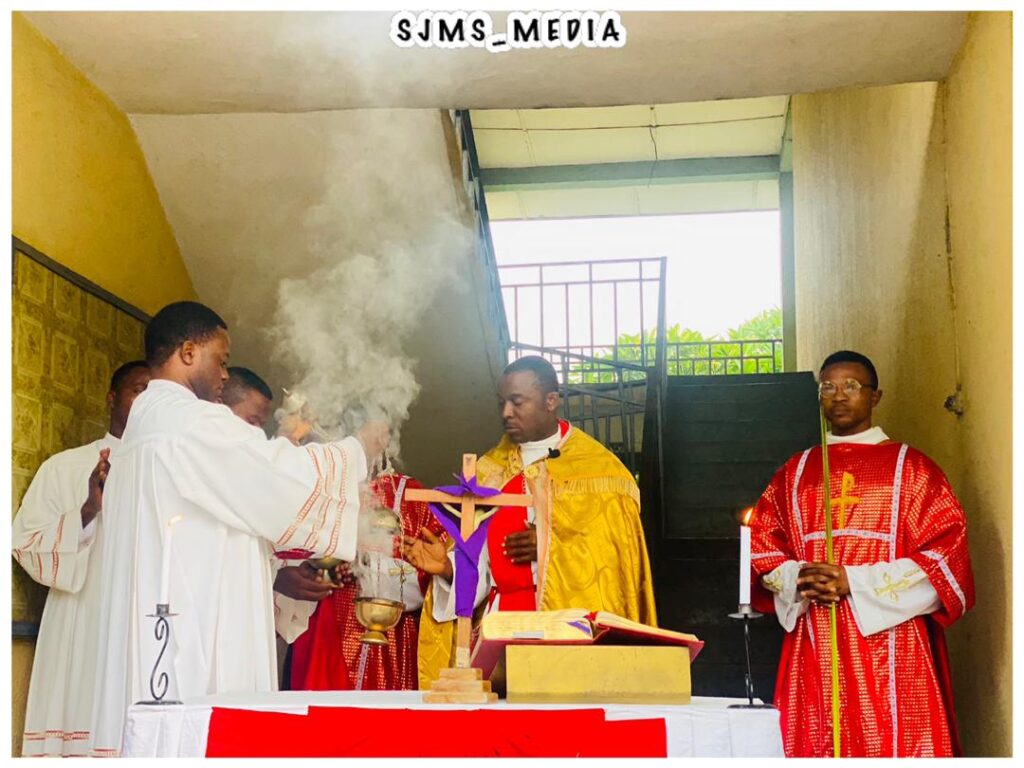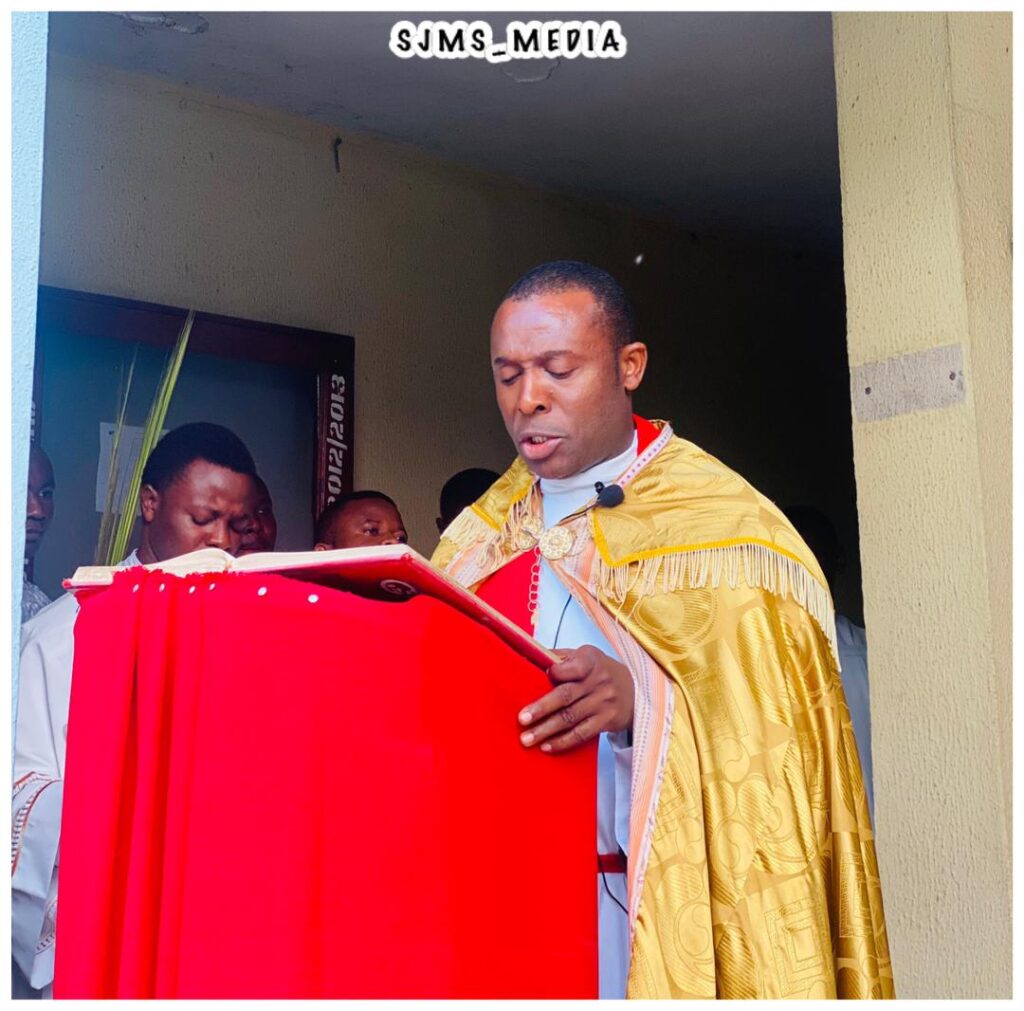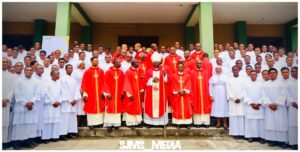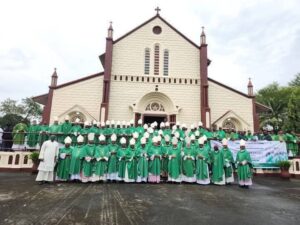Dear brothers and sisters, today the 24th of March, 2024, we commemorate in Saint Joseph Major Seminary (The Natural Home) the triumphal entry of Jesus into Jerusalem. It is called Palm Sunday, Passion Sunday or Hosanna Sunday. It is the great doorway leading into the Holy Week [the final week of lent]; the week when the Lord Jesus makes his way towards the culmination of his earthly existence. The week which Christians celebrate the mystery of their salvation through Christ’s Death and Resurrection on Easter.
This week is of capital significance in the life of the Church and has been variously designated as follows: Week of Sorrow, Week of Mourning, Great Week, Week of Remission, Week of Salvation and Week of Grace. In this connection, what we are celebrating today is a richly spiritual historical event which took place in the ancient but hallowed city of Jerusalem more than two thousand years ago. It is an event whose celebration has taken various forms and shapes across the centuries to our own time. As I welcome you to this great and symbolic celebration, I invite you to journey with me on a historical path to Jerusalem where it all began.

Beginning in Jerusalem, in the fourth century, the faithful re-enacted the solemn entry of Christ into Jerusalem as was originally celebrated by the Jews. The pilgrim nun Egeria, provided us in her pilgrim diary, an account of the Palm Sunday celebration. The procession started in the evening [by the 11th hour or 5pm] from the Mount of Olives through the entire city to the temple of Resurrection at Anastasis where vespers and other prayers are said at the cross before dismissal.
The celebration spread from Jerusalem to Spain and Gaul [France] by the 7th century. In Spain, unlike in France where there was no procession until the 9th century, there was the blessing of both the Palms at the altar and the people. In Jerusalem, the bishop rode on ass, in Egypt the cross was carried in triumph, in Spain and France the creed was handed over to catechumens on Palm Sunday, in England and Normandy the Blessed Sacrament symbolised the presence of Christ during the procession.









The Palm Sunday celebration also spread to Rome about the 7th century and by the 11th century the procession with Palm became a Roman custom. It entered the papal liturgy in the 12th century where Palms were blessed at the chapel and the Eucharistic liturgy celebrated at the Lateran Basilica where the papal retinue processed to. Despite the upheaval of the Reformation and subsequent epochs, this Papal Palm Sunday liturgy which involved a fore-mass [readings and prayers for the blessing of palms], the procession and the mass, was maintained in the Roman Missal with little modifications until the profound liturgical reforms of 1955 and 1969, which gave us the present structure.





